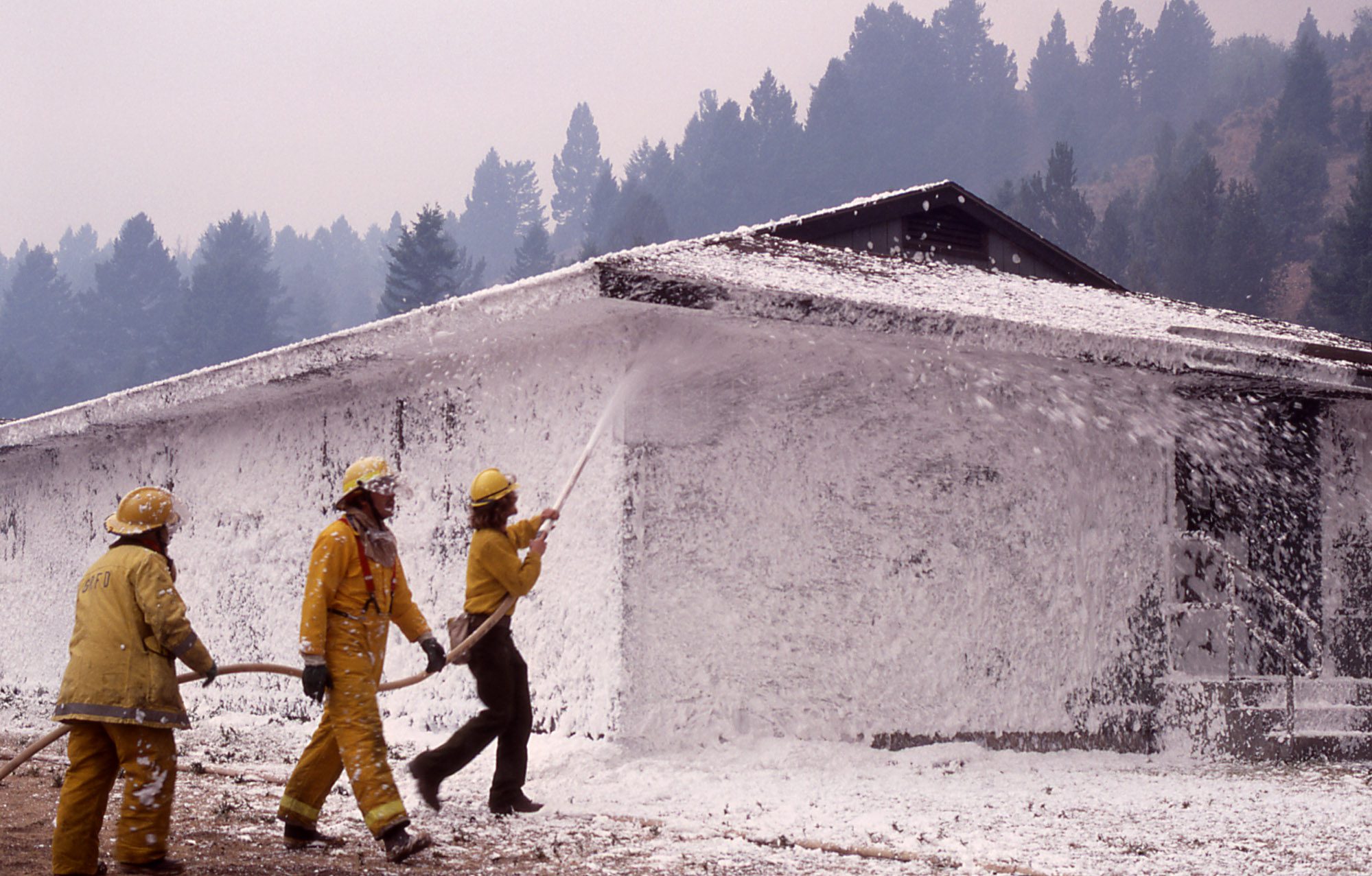In recent years, a growing concern has emerged over the use of Aqueous Film-Forming Foam (AFFF) and its potential impact on human health and the environment. AFFF is a firefighting foam used to suppress flammable liquid fires, commonly found at airports, military bases, and industrial facilities. While it has proven effective in extinguishing fires, it has also been linked to widespread contamination of groundwater and adverse health effects. This has led to a wave of lawsuits against manufacturers, government agencies, and corporations responsible for the use of AFFF. In this blog, we will delve into the AFFF lawsuit, exploring its origins, implications, and the quest for justice. Contact Shamis Gentile today if you believe you’ve suffered from cancer or other serious conditions. You may qualify for significant compensation.
The Emergence of AFFF
AFFF was developed in the mid-20th century as a breakthrough firefighting technology. It was prized for its ability to form a protective film on the surface of flammable liquid fires, suffocating them and preventing reignition. This made it a critical tool for combating hazardous fires, especially in military and industrial settings.
However, the environmental consequences of AFFF use began to surface as early as the 1970s. AFFF contains a class of chemicals known as per- and polyfluoroalkyl substances (PFAS), which are highly persistent in the environment. PFAS are non-biodegradable and can accumulate in soil and water, posing long-term risks to ecosystems and human health.
Environmental Contamination
One of the most significant concerns surrounding AFFF is the contamination of groundwater and drinking water sources with PFAS compounds. As AFFF is used in training exercises, fire drills, and actual fire emergencies, these chemicals are released into the environment, eventually infiltrating nearby water supplies.
Communities surrounding military bases and industrial facilities have been disproportionately affected by AFFF contamination. PFAS have been linked to various health problems, including cancer, immune system disorders, and developmental issues in children. The sheer ubiquity of AFFF usage has led to widespread contamination, raising alarm among affected individuals and environmental advocates.
The AFFF Lawsuit
As the scale of AFFF contamination became evident, affected communities and environmental organizations mobilized to seek justice. This resulted in a wave of lawsuits against manufacturers, government agencies, and corporations responsible for AFFF use. These lawsuits allege that these entities knew or should have known about the environmental and health risks posed by AFFF but failed to take adequate measures to prevent harm.
One of the most prominent AFFF lawsuits is the multidistrict litigation (MDL) involving several manufacturers of AFFF products. This consolidated litigation aims to hold manufacturers accountable for their role in AFFF contamination. Plaintiffs in these cases seek compensation for medical bills, property damage, and the costs associated with addressing contaminated water supplies.
The Role of Government Agencies
Government agencies, particularly the Department of Defense (DoD) and the Environmental Protection Agency (EPA), have also faced criticism for their handling of AFFF contamination. The DoD, which is one of the largest users of AFFF, has been accused of downplaying the risks associated with the foam and failing to adequately address contamination on military bases.
The EPA has been criticized for its slow response in setting enforceable standards for PFAS in drinking water. While the agency issued a non-binding health advisory for certain PFAS compounds, advocates argue that stricter regulations are needed to protect public health.
Seeking Accountability and Solutions
The AFFF lawsuit serves not only as a means for affected communities to seek justice but also as a catalyst for change. It has prompted greater scrutiny of AFFF use and has led to calls for alternative firefighting technologies that are safer for the environment and human health.
To address AFFF contamination, some affected communities have undertaken costly efforts to filter PFAS from their water supplies. This has placed a significant financial burden on municipalities and water utilities, raising questions about who should bear the cost of remediation.
Manufacturers, too, are facing pressure to develop AFFF alternatives that are both effective at firefighting and environmentally safe. The pursuit of more sustainable firefighting foams may ultimately lead to safer practices in firefighting and a reduction in the use of hazardous chemicals.
Shamis Gentile AFFF Lawsuit Attorneys
The AFFF lawsuit represents a critical turning point in the battle against environmental contamination and the health risks associated with AFFF use. It underscores the importance of holding manufacturers, government agencies, and corporations accountable for their actions and negligence. Beyond seeking financial compensation, these lawsuits are driving awareness and change in the firefighting industry, pushing for safer alternatives and stricter regulations.
As the AFFF lawsuit continues to unfold, it serves as a stark reminder of the far-reaching consequences of industrial practices on our environment and public health. It is a call to action for greater transparency, responsible corporate behavior, and a commitment to safeguarding our precious natural resources for generations to come. Contact Shamis Gentile today if you believe you’ve suffered from cancer or other serious conditions. You may qualify for significant compensation.




